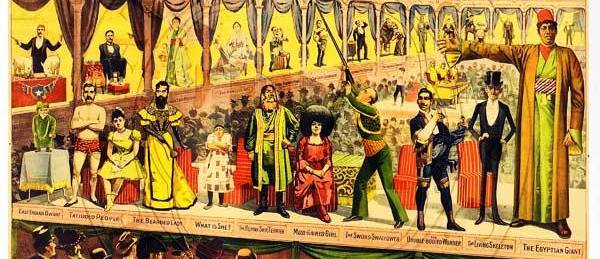You have to give the president credit. Even faced with a cascading collapse in his credibility, Mr. Obama sticks to his Benghazi talking points. “There’s no there there,” he says defiantly. To quote the obtuse General Melchett from the Blackadder series, “If nothing else works, a total pig-headed unwillingness to look facts in the face will see us through.”
Videos By Rare
On Monday, Mr. Obama repeated the fiction that he early on described Benghazi attack as a terrorist incident. “The day after it happened I acknowledged that this was an act of terrorism,” he said. But this is not true. In his Sept. 12, 2012 Rose Garden statement Mr. Obama referred to it only as an “attack” and called the perpetrators “killers.” He alluded to the YouTube video the administration wanted to blame for the attack, saying “we reject all efforts to denigrate the religious beliefs of others.” He said, “No acts of terror will ever shake the resolve of this great nation,” but he was referring to Sept. 11, 2001, not 2012. His proclamation on Benghazi, issued the same day, made no reference to terrorism whatsoever.
After that the dodge continued. On September 14, White House Press Secretary Jay Carney said that the attack, along with other events in the Middle East such as the assault on the US. Embassy in Cairo, was “in response to a video that Muslims find offensive.” He did not call the attackers terrorists. The same day, Mr. Obama attended the transfer-of-remains ceremony for the Benghazi fallen. There was no mention of terrorism in his remarks. On Sept. 15 in his weekly address, Mr. Obama stuck with the Youtube video line and said nothing of terrorism. Then came the Sept. 16 Susan Rice Sunday show blitz in which she hawked the now discredited talking points that the attacks were “spontaneous — not premeditated” and “in reaction to this very offensive video that was disseminated.”
Mr. Obama asked Monday, “who executes some sort of cover-up or effort to tamp things down for three days?” Well, no, the deception continued long after. Mr. Carney repeated the “opportunistic attack” story on Sept. 20, and in his speech to the United Nations on Sept. 25, Mr. Obama referred to the video six times. He never once described the attack as terrorism. Even in her Congressional testimony in January 2013, then-Secretary of State Clinton suggested the attack was either committed a spontaneous mob act or “guys out for a walk one night who decided that they’d go kill some Americans.” But the administration had known the truth from the first moments of the attack. “What difference at this point does it make?” she said. Looks like a big difference.
The official story began to shift wildly as public evidence of the true nature of the Benghazi attack emerged, first from the foreign press, then from leaks and inadvertent statements inside the government. But Mr. Obama is oblivious to any of this. By his account his White House has been a paragon of transparency and candor from the start. The heavily edited talking points, the most important paper trail on the cover-up to date, are, he says, simply a “sideshow.” Even with evidence of twelve revisions in which the hand of the top leadership is evident, Mr. Carney insists that “the only edit made by the White House or the State Department to those talking points generated by the CIA was a change from referring to the facility from ‘consulate’ to ‘diplomatic post.” Seriously? With a wealth of documents proving otherwise? The credibility gap is alive and well.
In some respects Mr. Obama is right. The Benghazi scandal is analogous to a sideshow. It is populated by a bizarre array of characters doing things that no ordinary person would ever consider. The White House is providing the contortionists, jugglers and clowns. It is attracting a lot of attention. And as scandals go, it may take second place to the center-ring event unfolding over the illegal use of the IRS to target the president’s political opponents. Or maybe the Justice Department secretly seizing phone records of journalists. The second term has become quite a circus.
James S. Robbins is Deputy Editor of Rare. Follow him on Twitter at @James_Robbins

